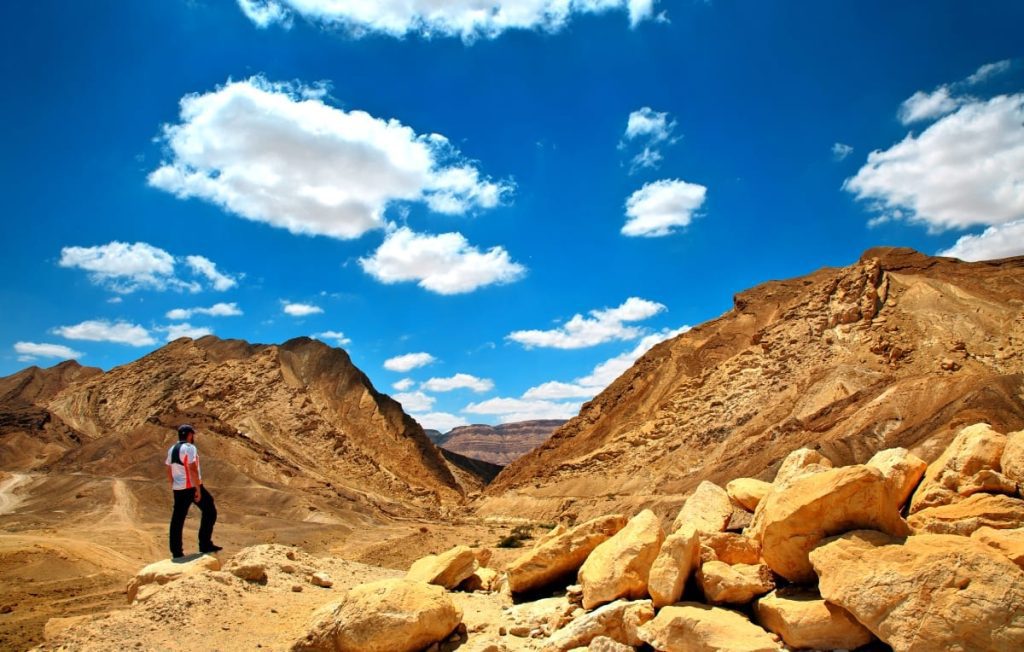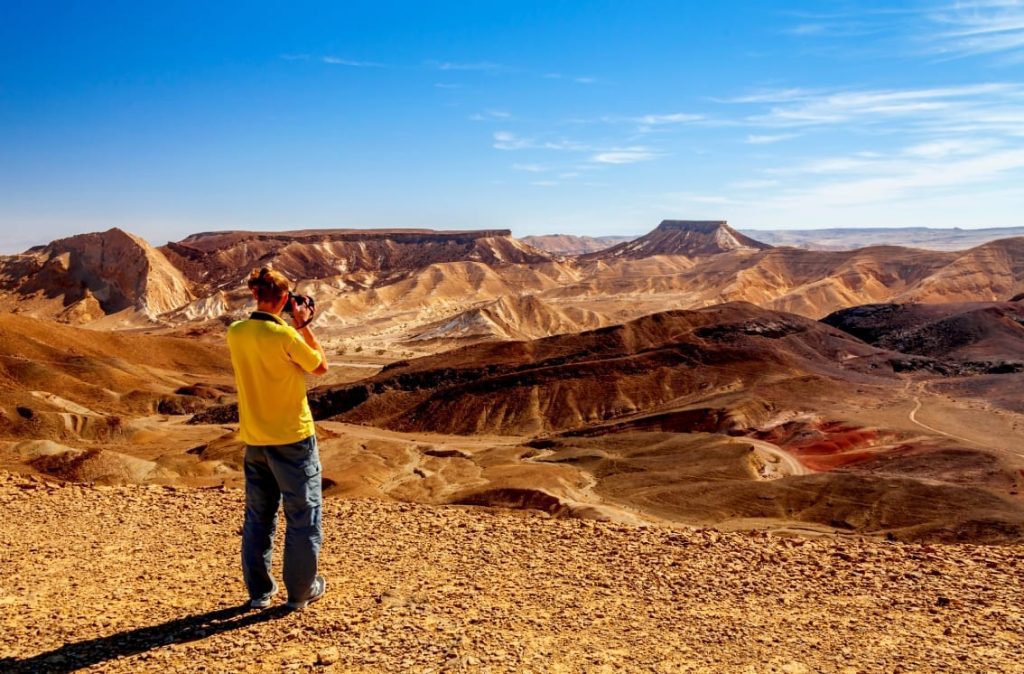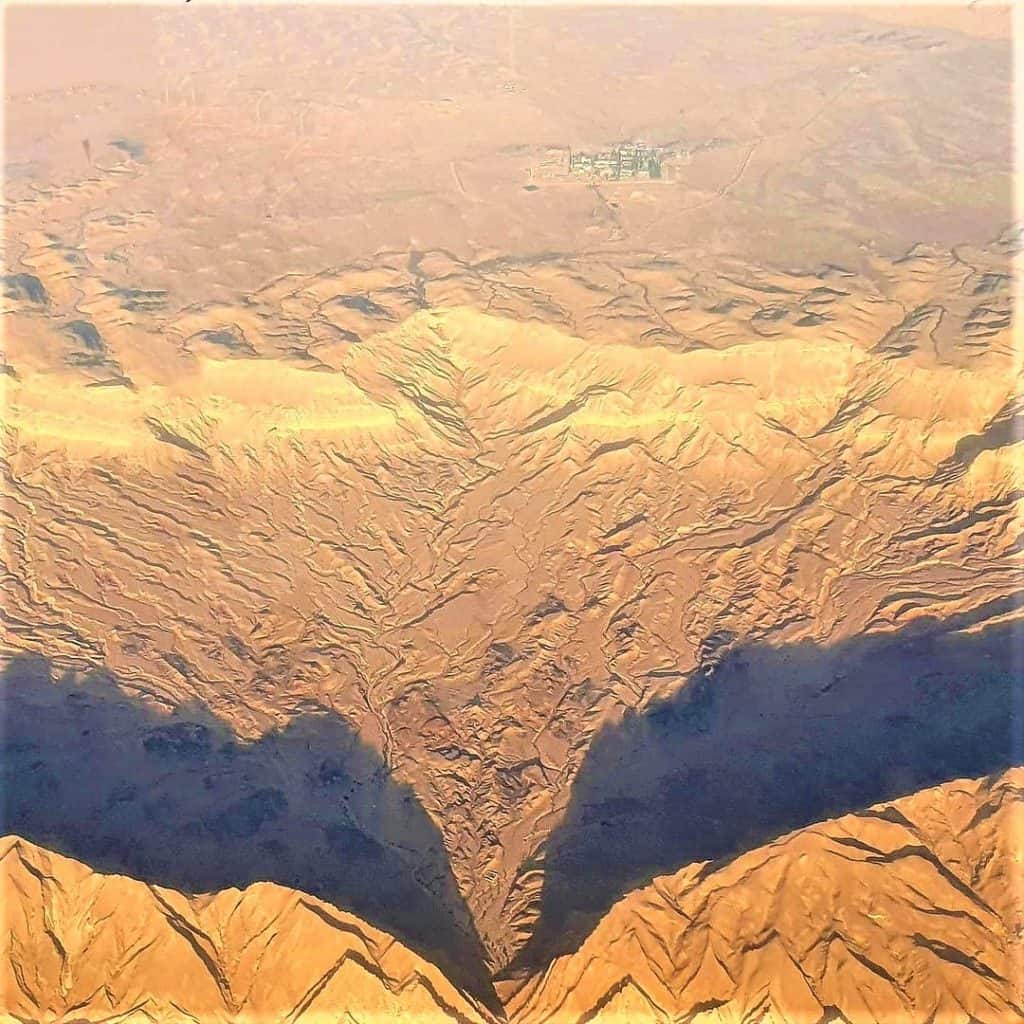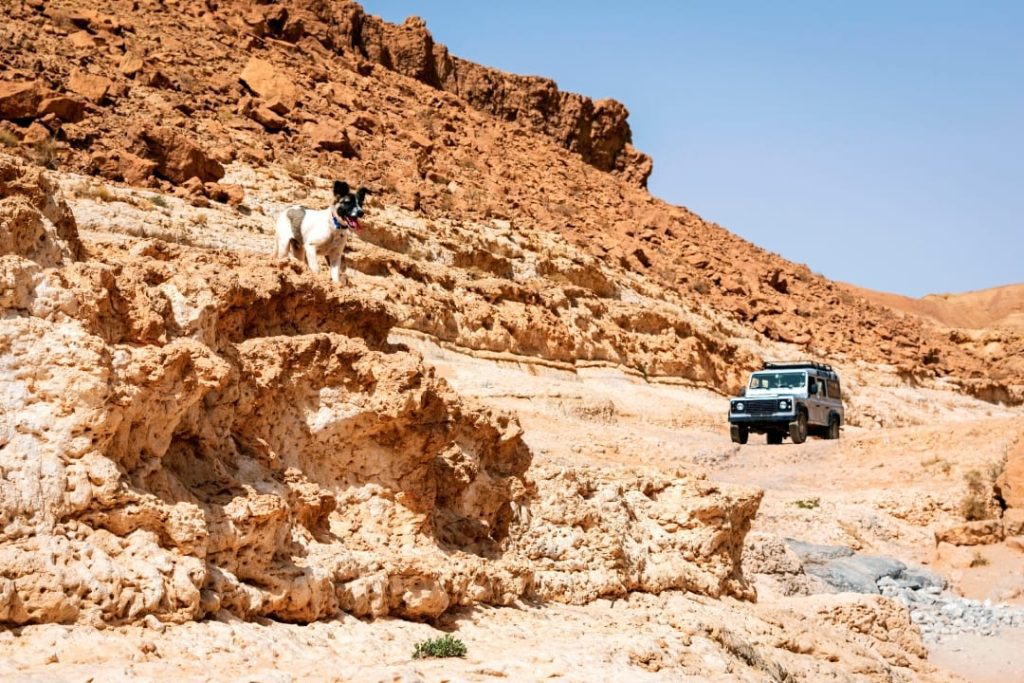The Small Crater (HaMakhtesh HaKatan in Hebrew) is a geological erosional crater in the Negev Desert. One of five erosion Makhtesh in Israel, and seven in the world, it is the third-largest in Israel at 5 km by 7 km. It was charted in 1942 by Jewish explorers. In June 2019, the state announced the transformation of the crater into a nature reserve. In fact, the crater is part of the nature reserves of the Negev and Judean Desert craters and is considered a natural value of global importance due to its geological uniqueness and spectacular beauty. For those that are looking to do some nice sections of the Israel National Trail, this is one of them!

Moreover, it houses a unique ecosystem of flora and fauna such as chamois, raptors and eagles, and various predators. In its location and characteristics, it links a population of chamois from the center of the Negev to the Judean Desert, as well as an essential and rare nesting area for eagles and other endangered birds of prey. In addition, the small crater is known for its colorful stone rock; which varies between white, gray, brown, yellow, red, and purple. The stone colors are due to tiny amounts of iron oxides.

The Formation of the Crater
So as you know the craters in the Negev are rare! We need several conditions for a crater to form: First, an asymmetrical anticline; different rock layers in the degree of hardness (above hard rock layers, such as limestone or dolomite, and below them soft rock layers). Second, a river with a low base level that drains out the lower layers of the crater. Last, a desert climate (dryness that protects the walls of the crater from weathering).

In the first phase, a layer of sandstones was stratified. Then the Sea of Tethys flooded the area, resulting in the stratification of marine sedimentary rocks – limestone and dolomite – on the soft sandstones. Now about 90 million years ago; geological fold forces began to work in the area. The fold forces operated for about 40 million years and formed the Negev anticlines (ridges formed from the fold of the ground); including the fold that preexisted the crater.
Negev Desert Tour

About 30 million years ago, the sea retreated from the Negev region. The recession of the sea exposed the area to terrestrial weathering processes that eroded the heads of the anticlines. The upper layers made of hard limestone were eroded and the soft sandstone inside the arch was exposed. The layer of sandstones quickly eroded and was swept out by a courtyard stream. Removal of the sandstone layer collapsed the hard limestone layers; widened the crater, and created the vertical HaMakhtesh HaKatan walls

